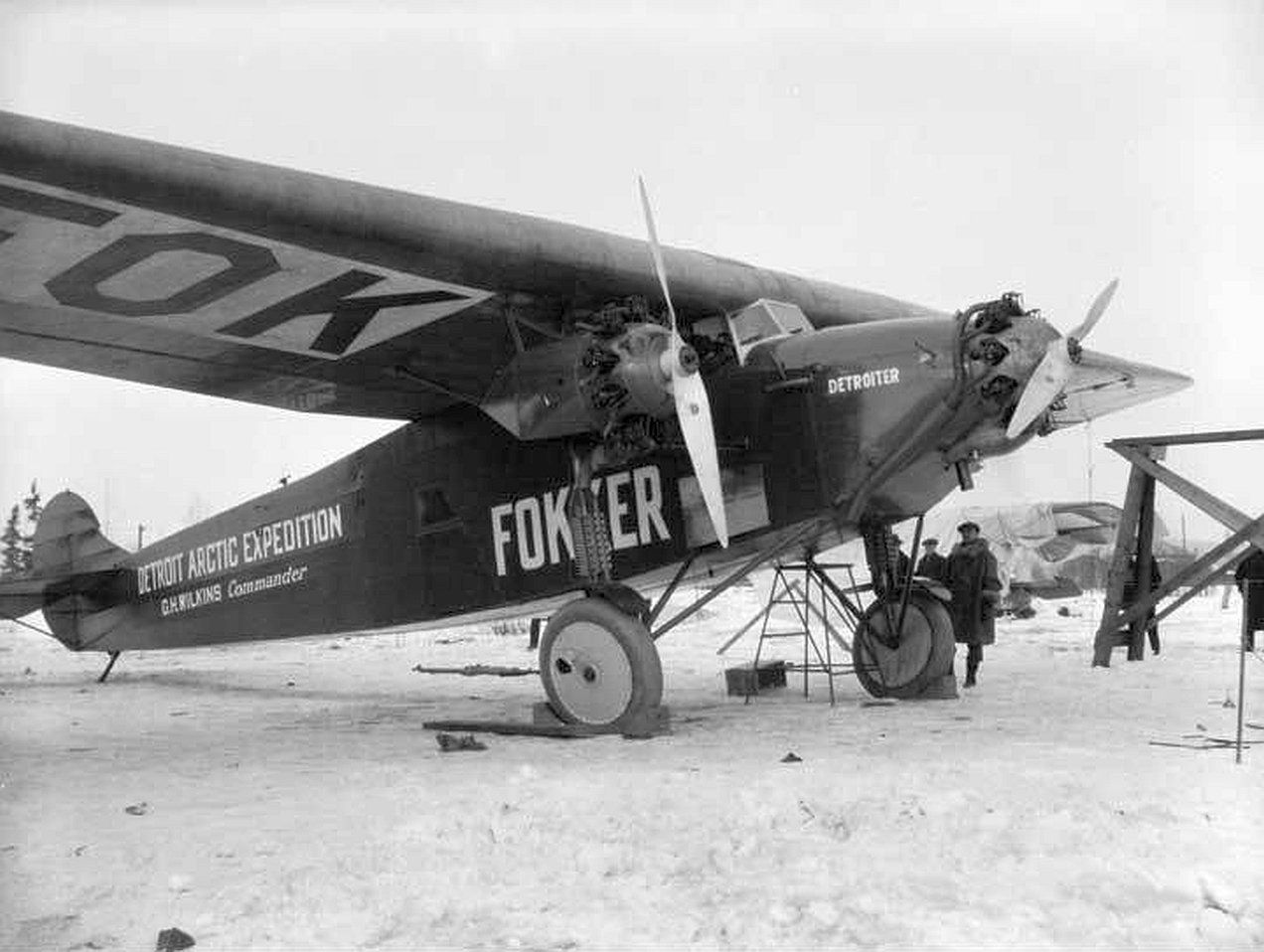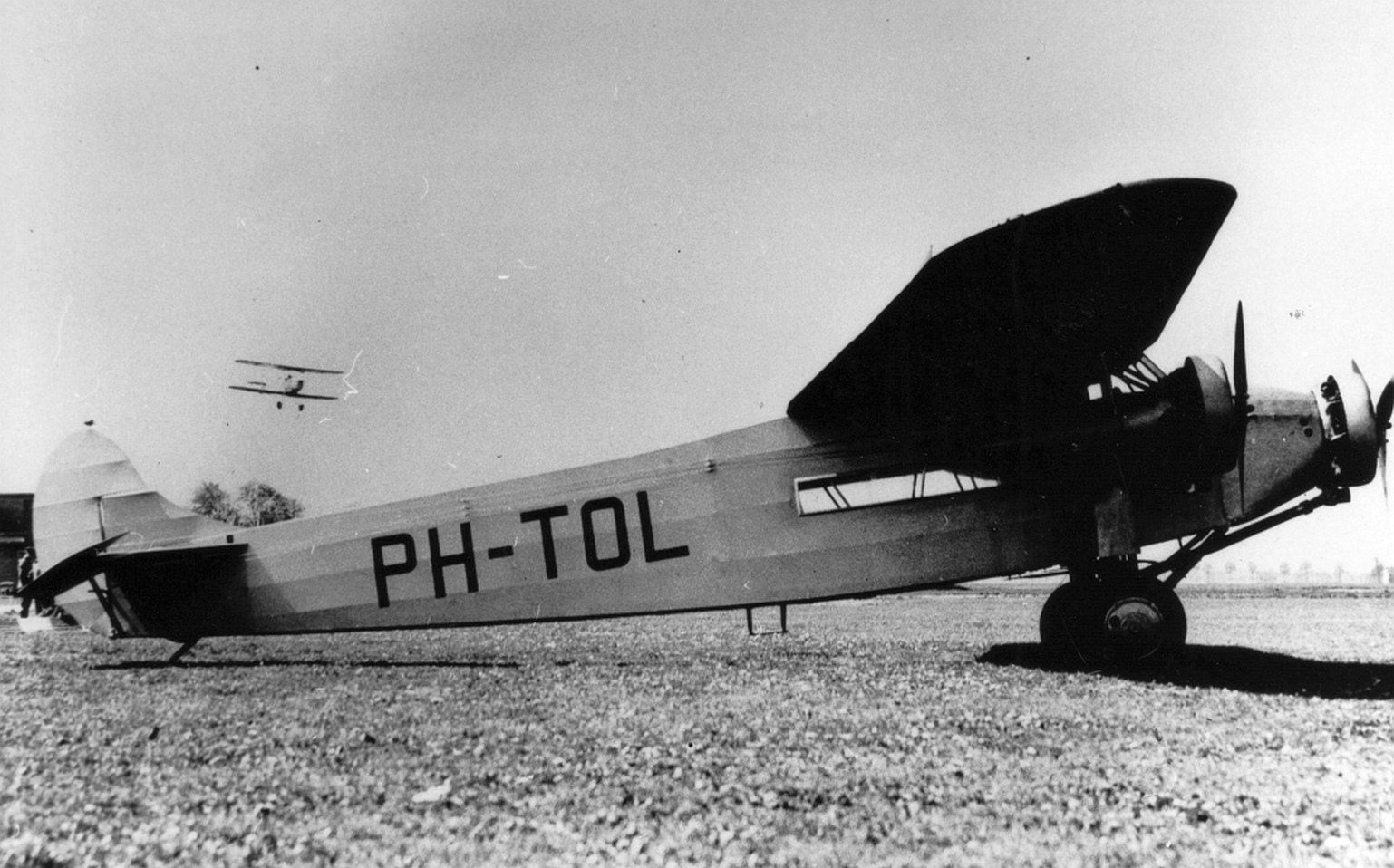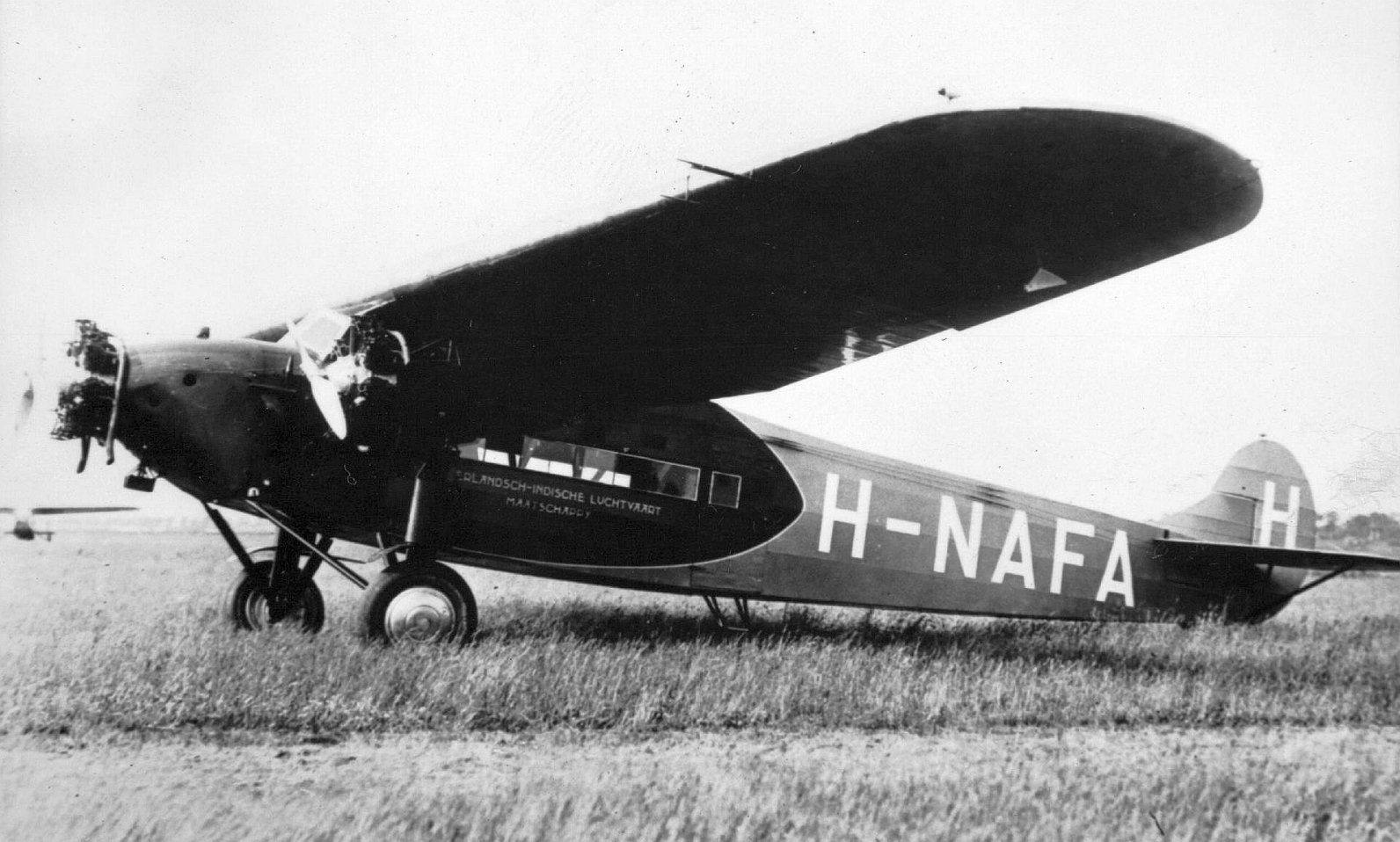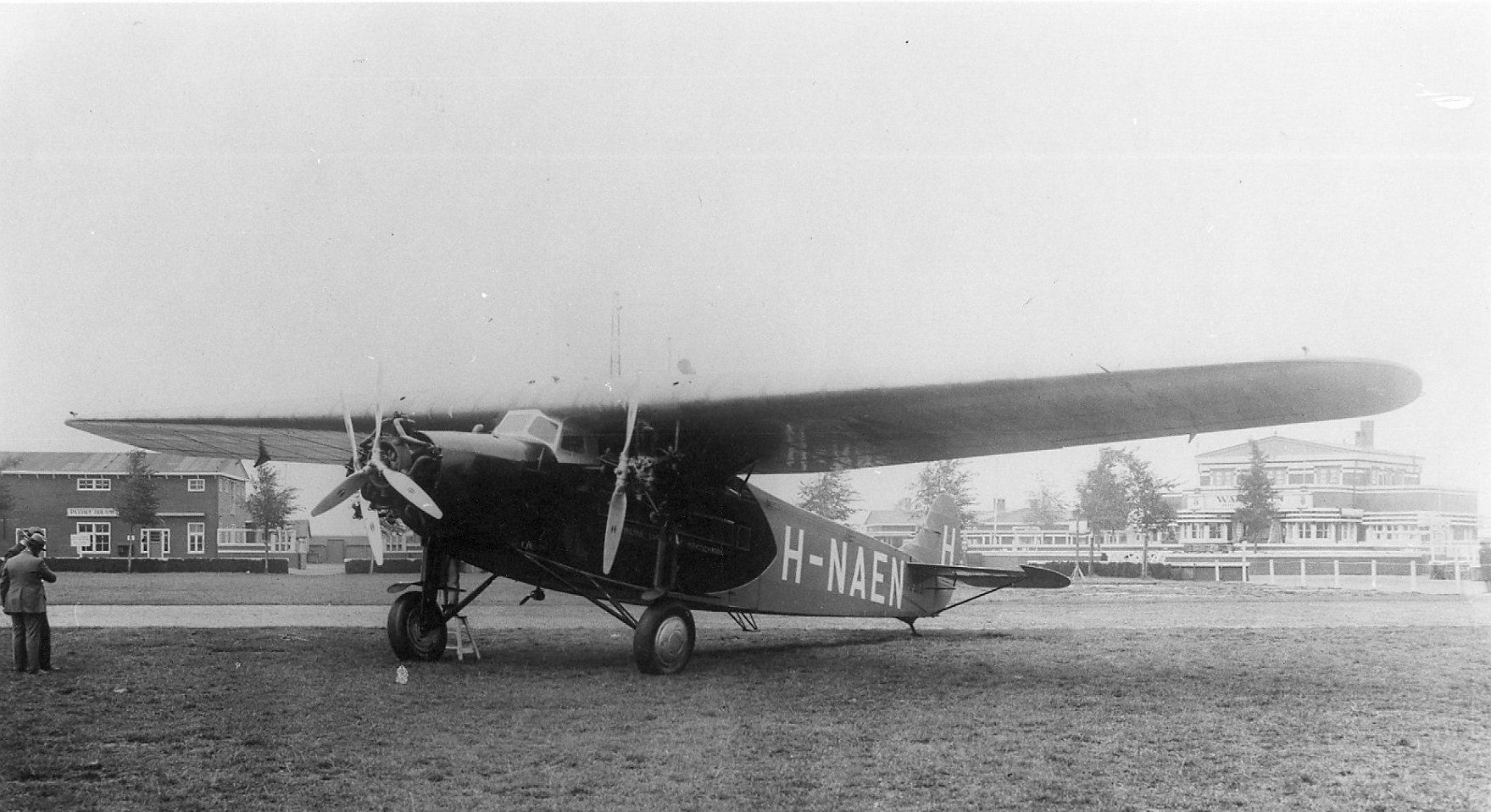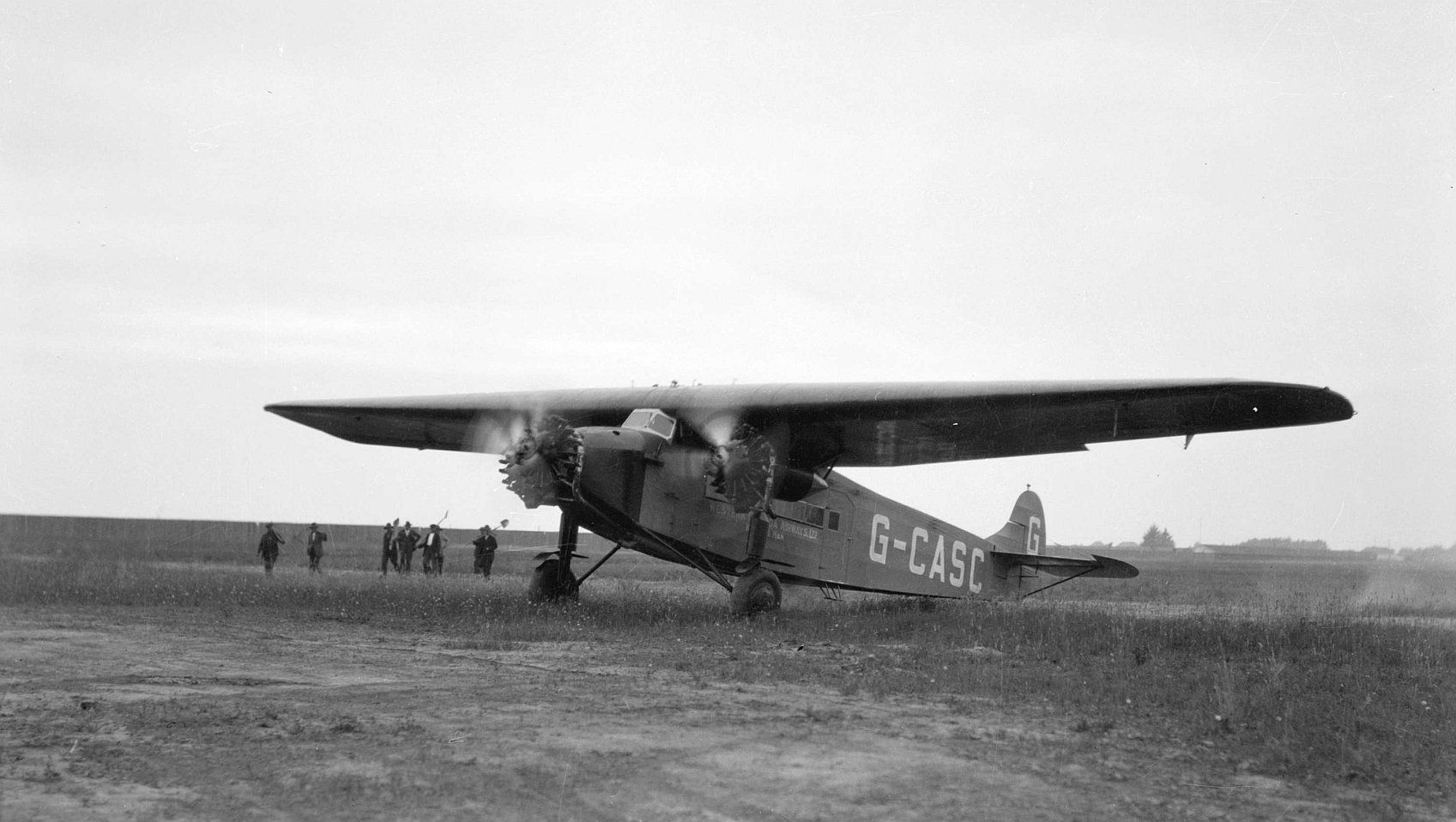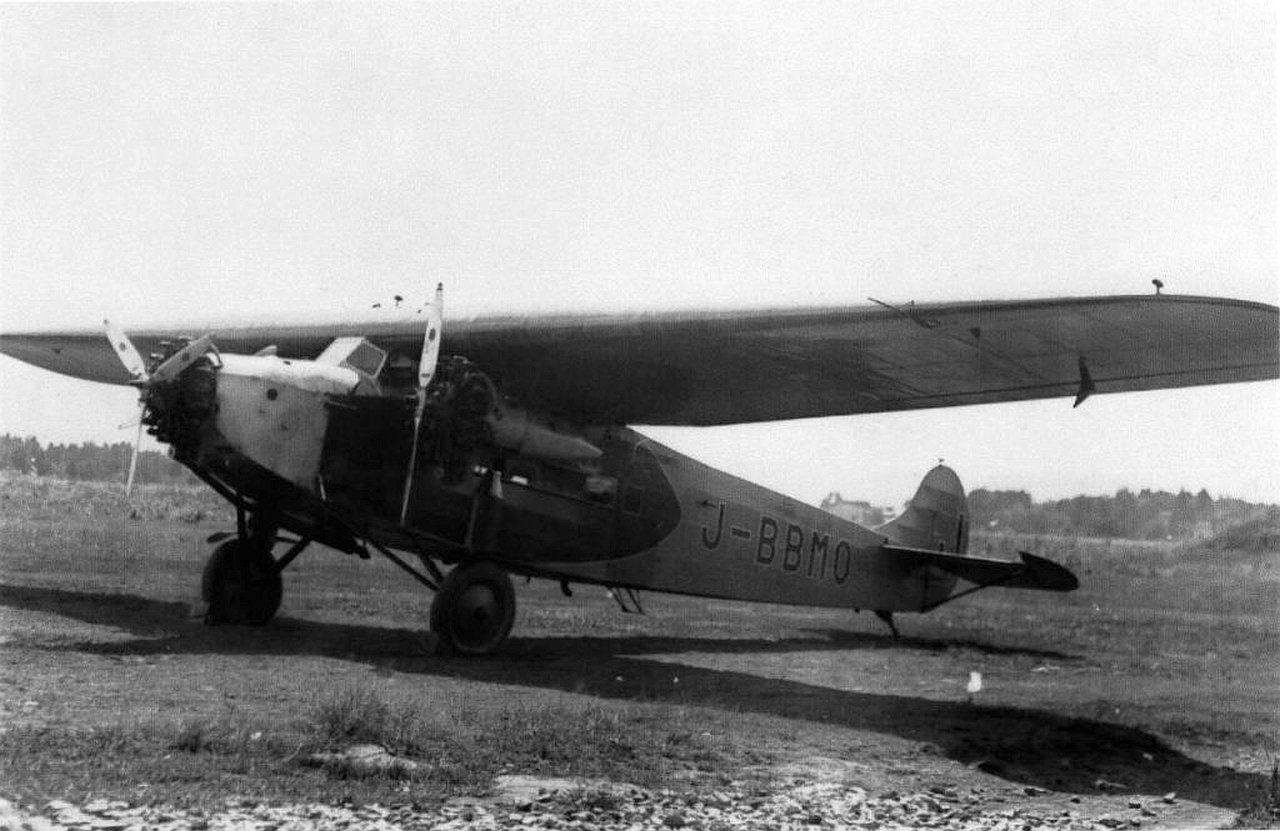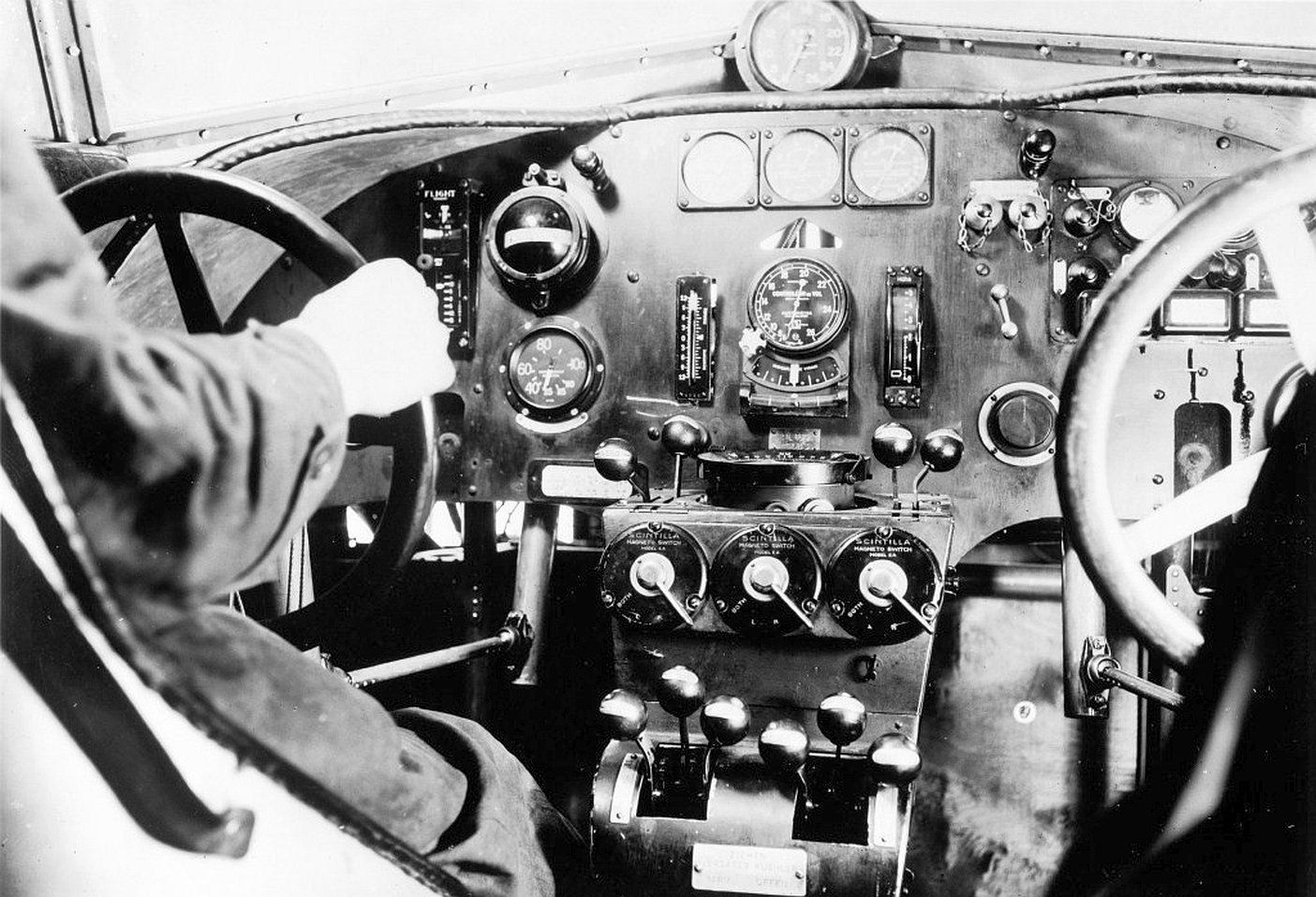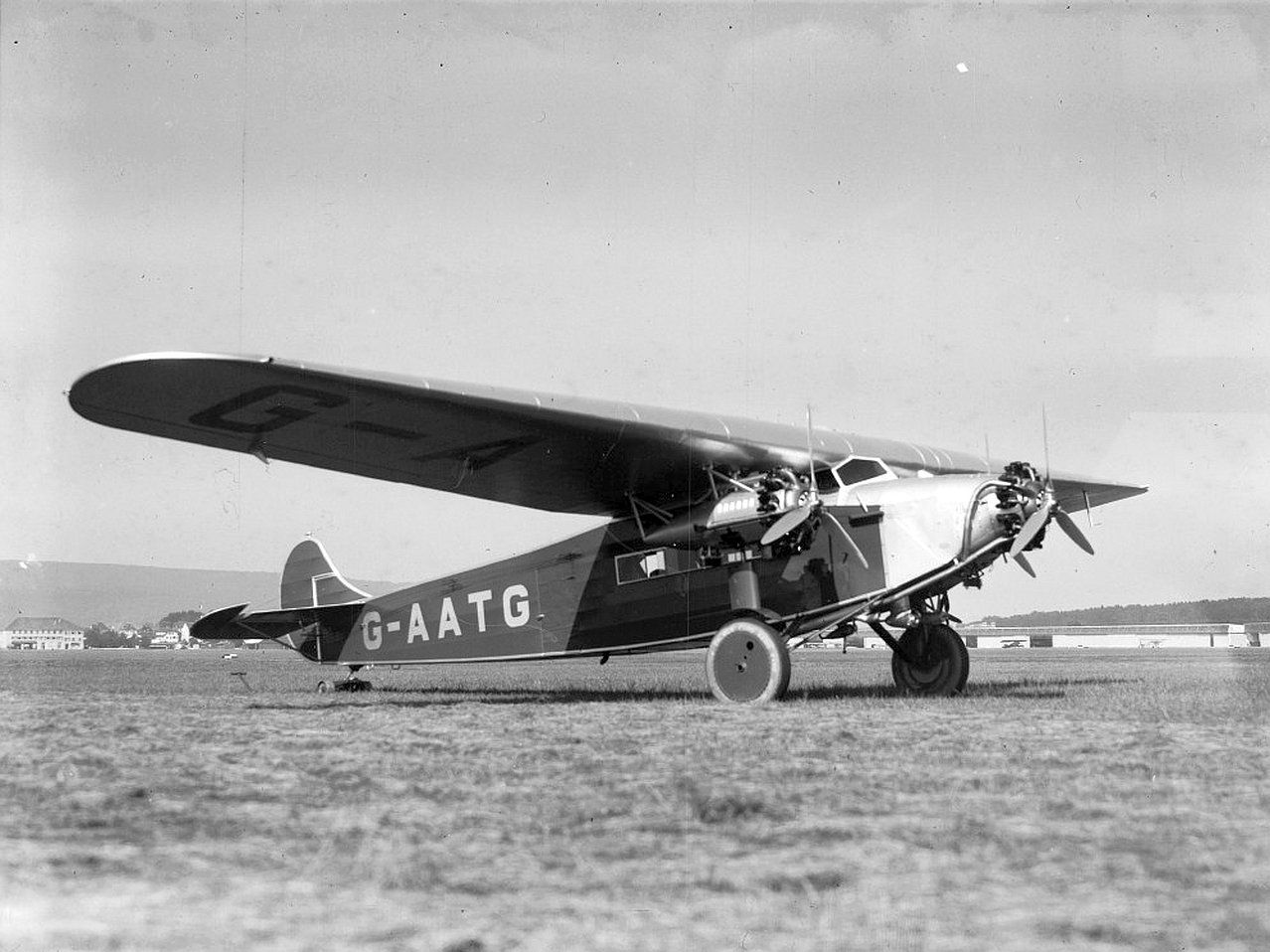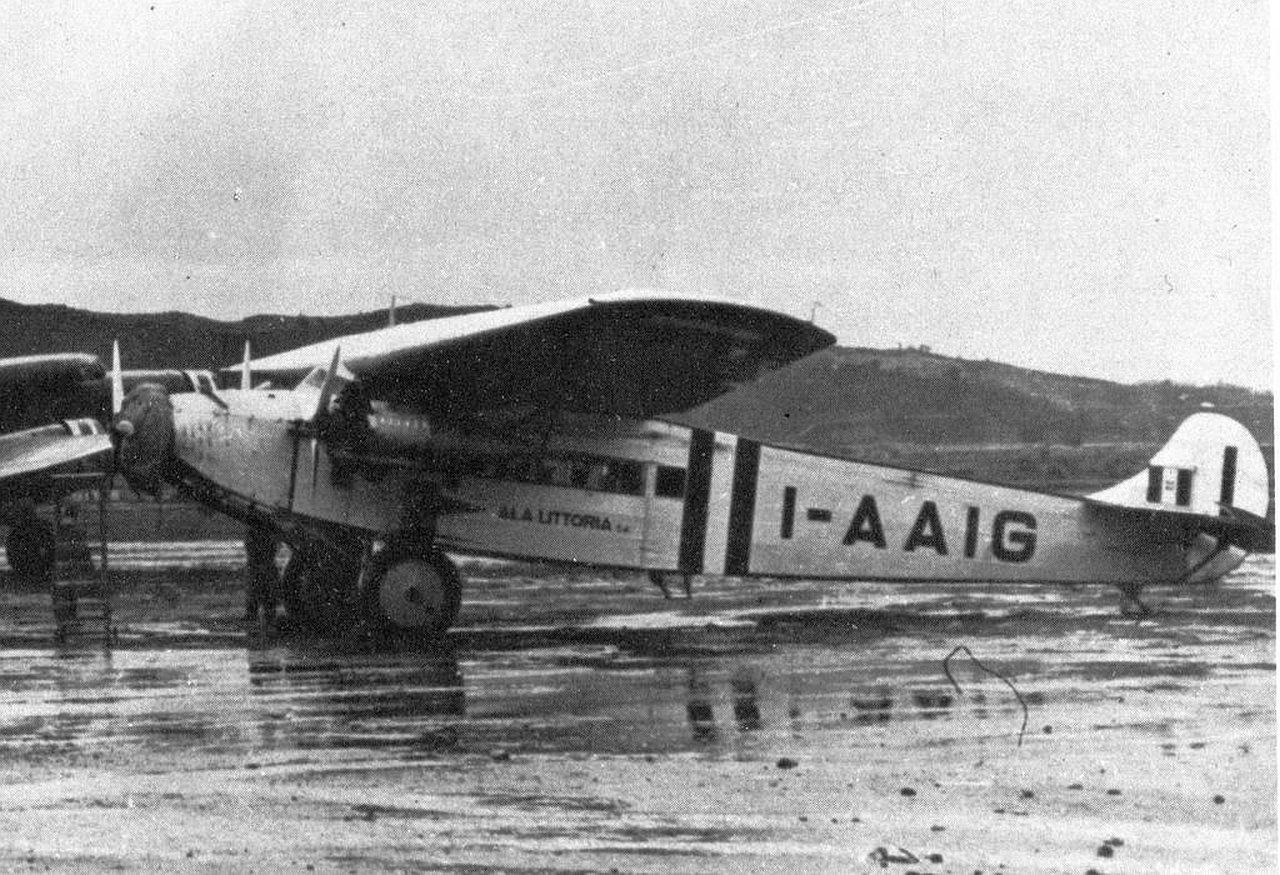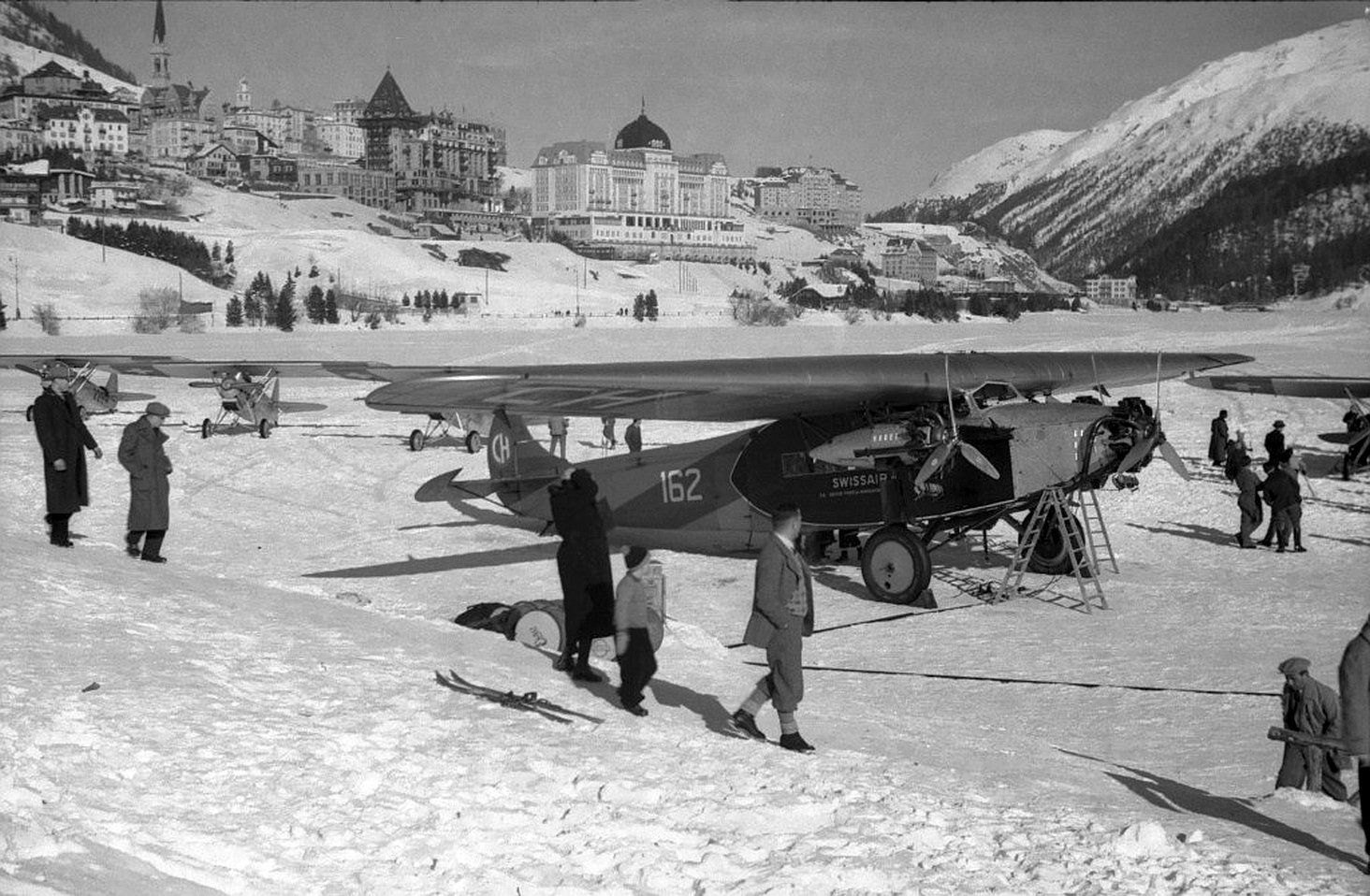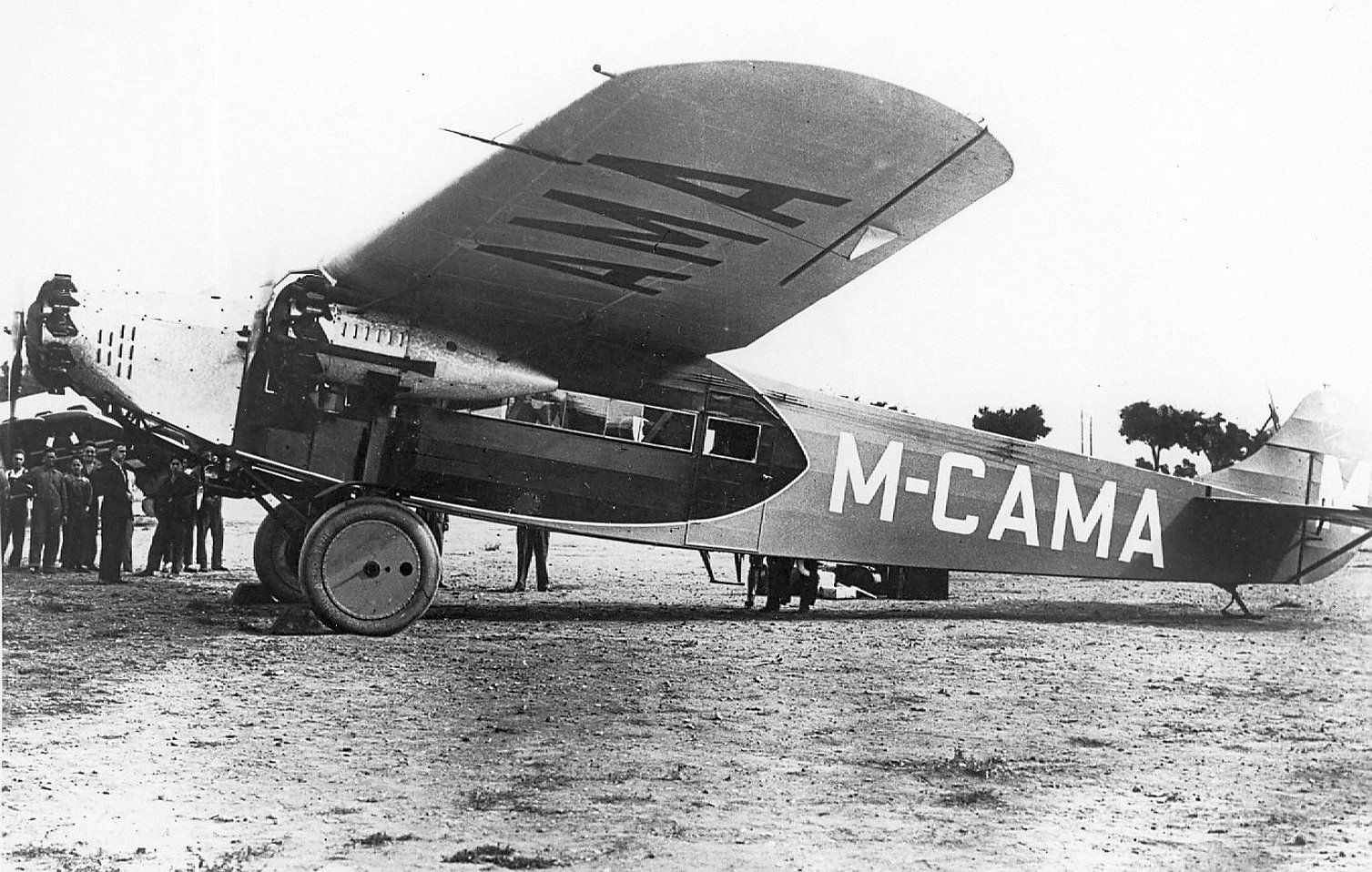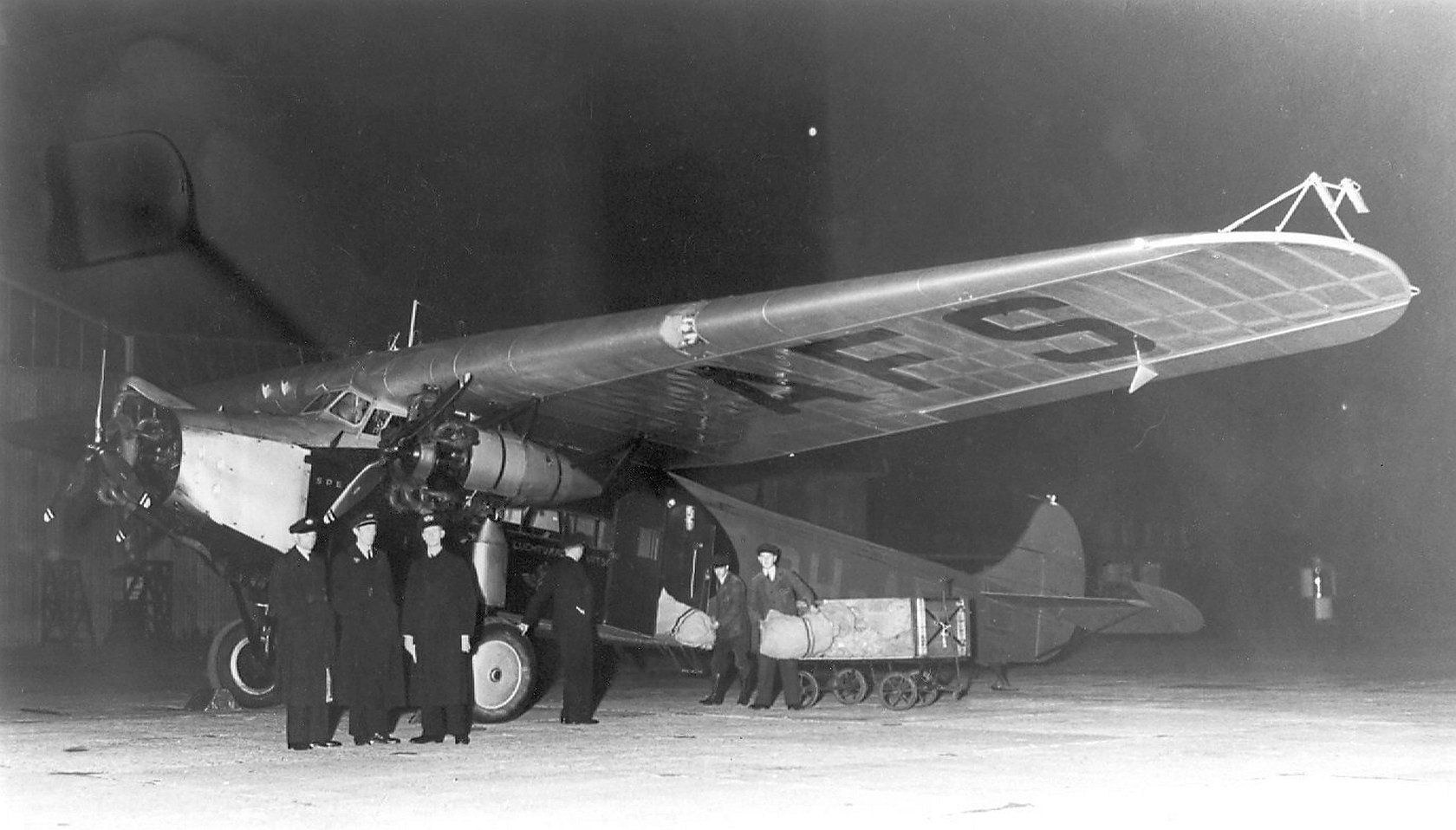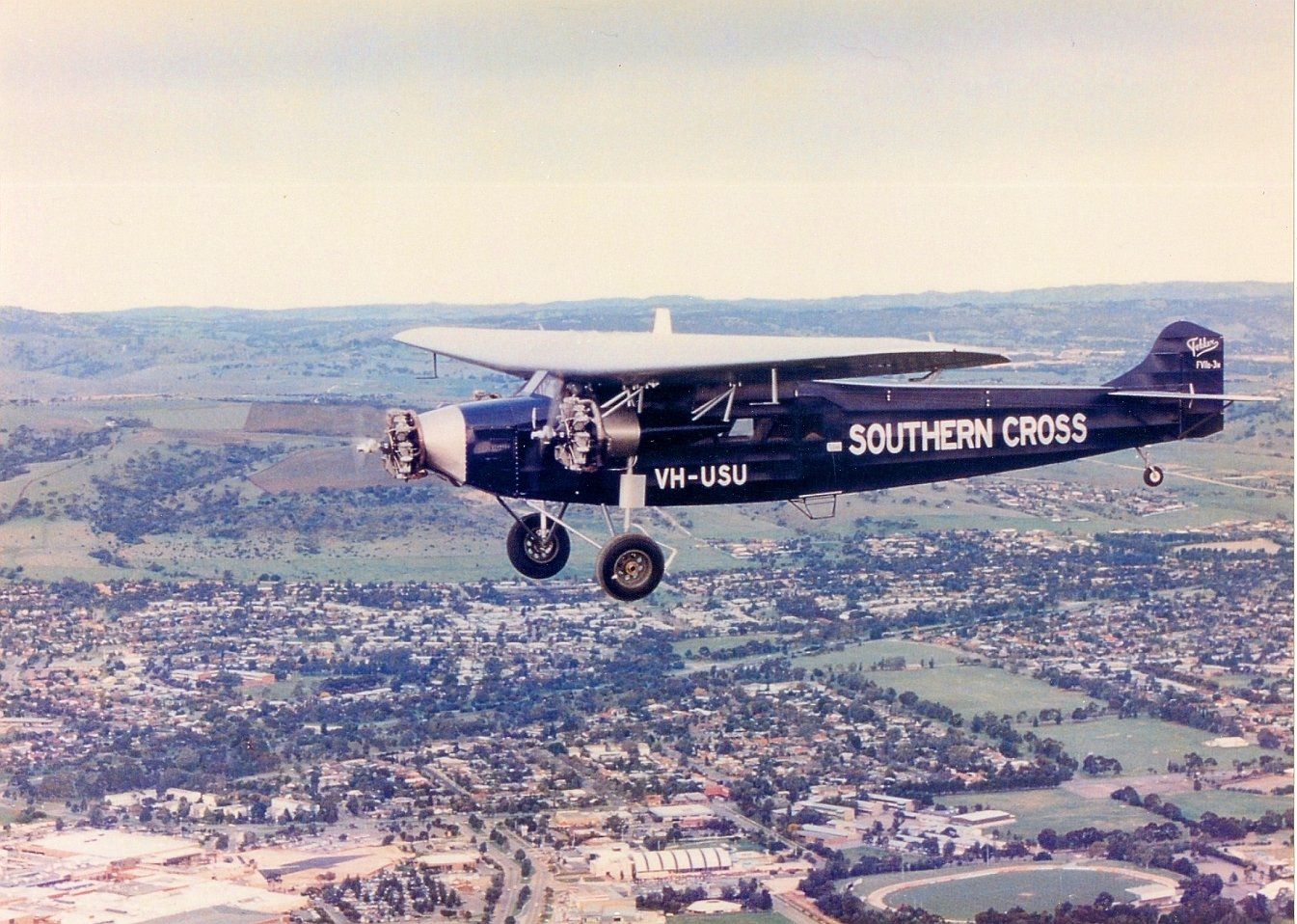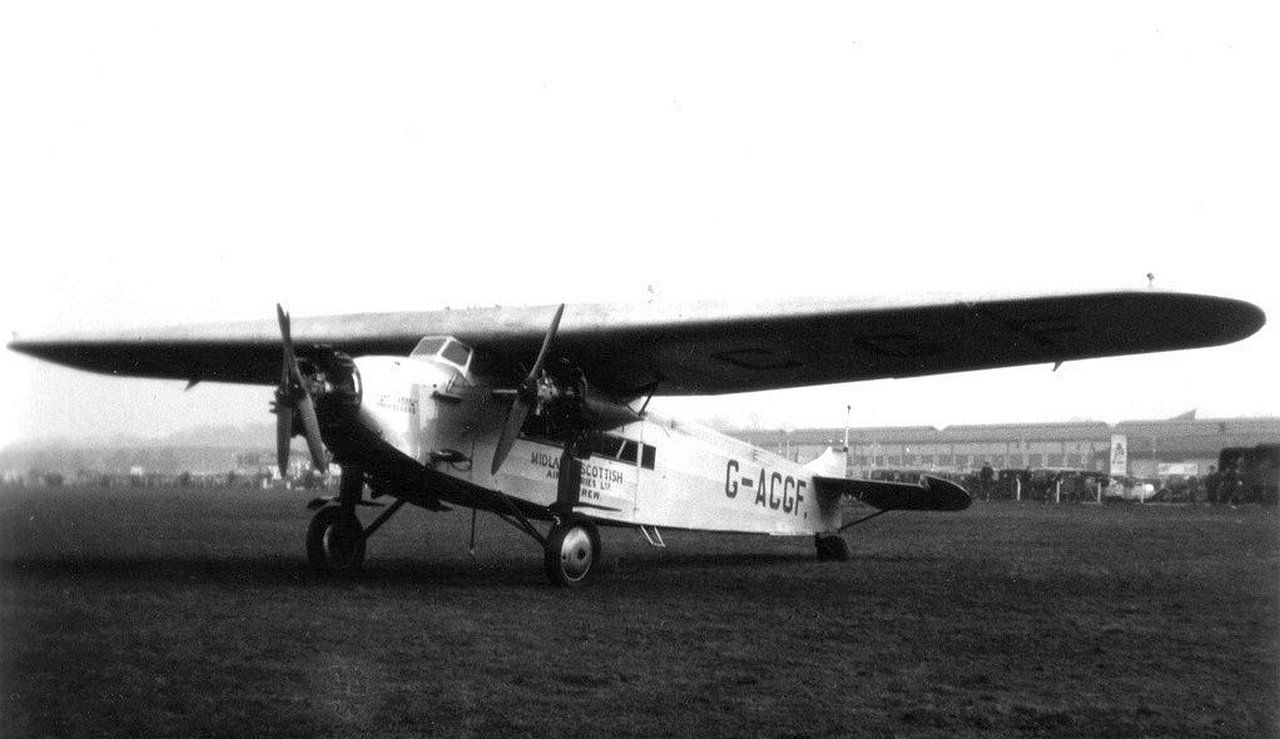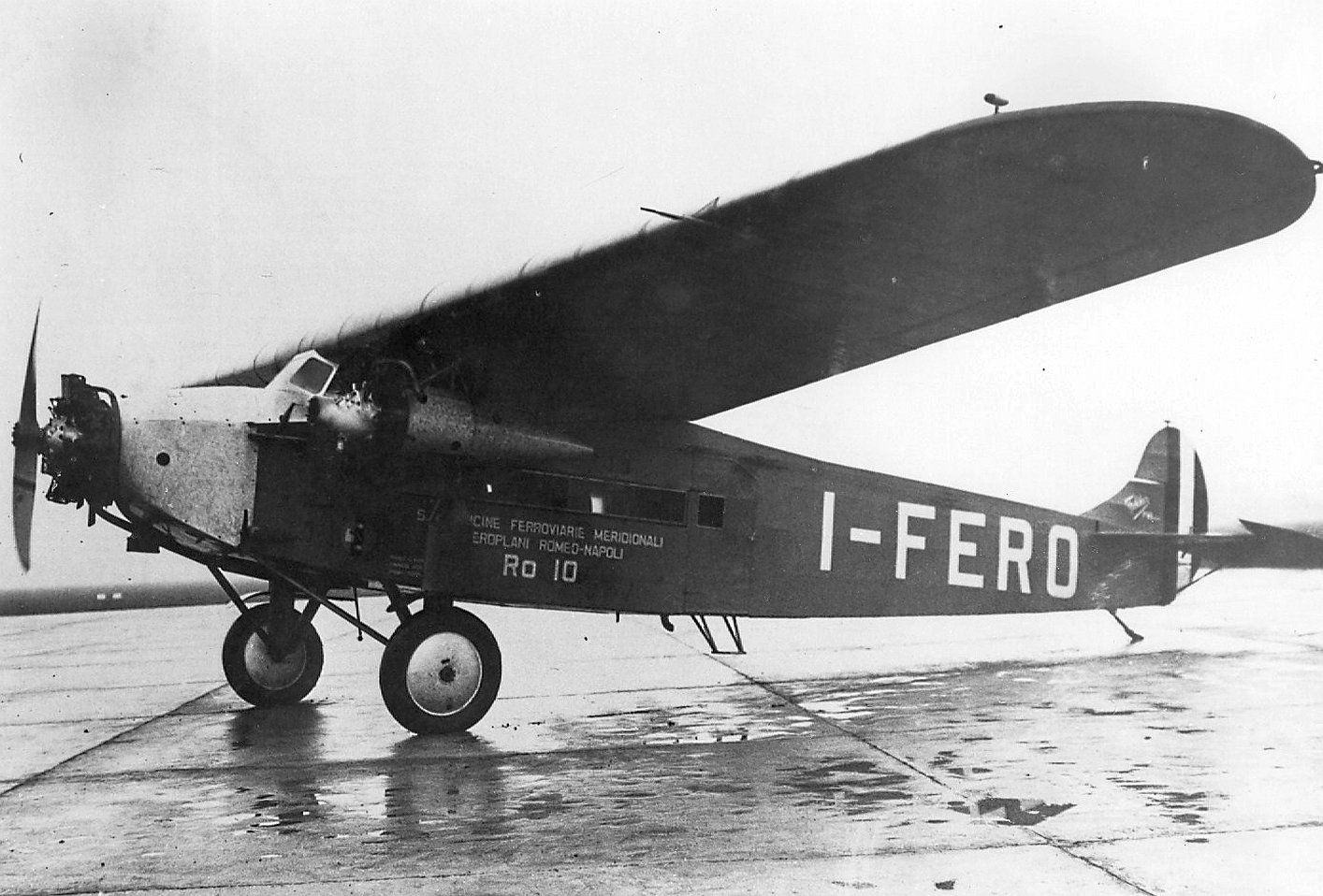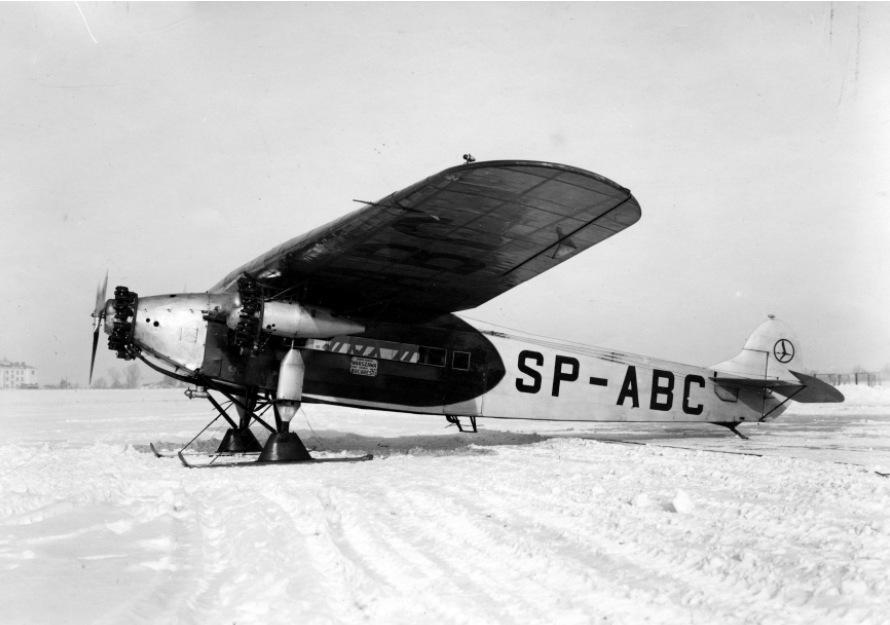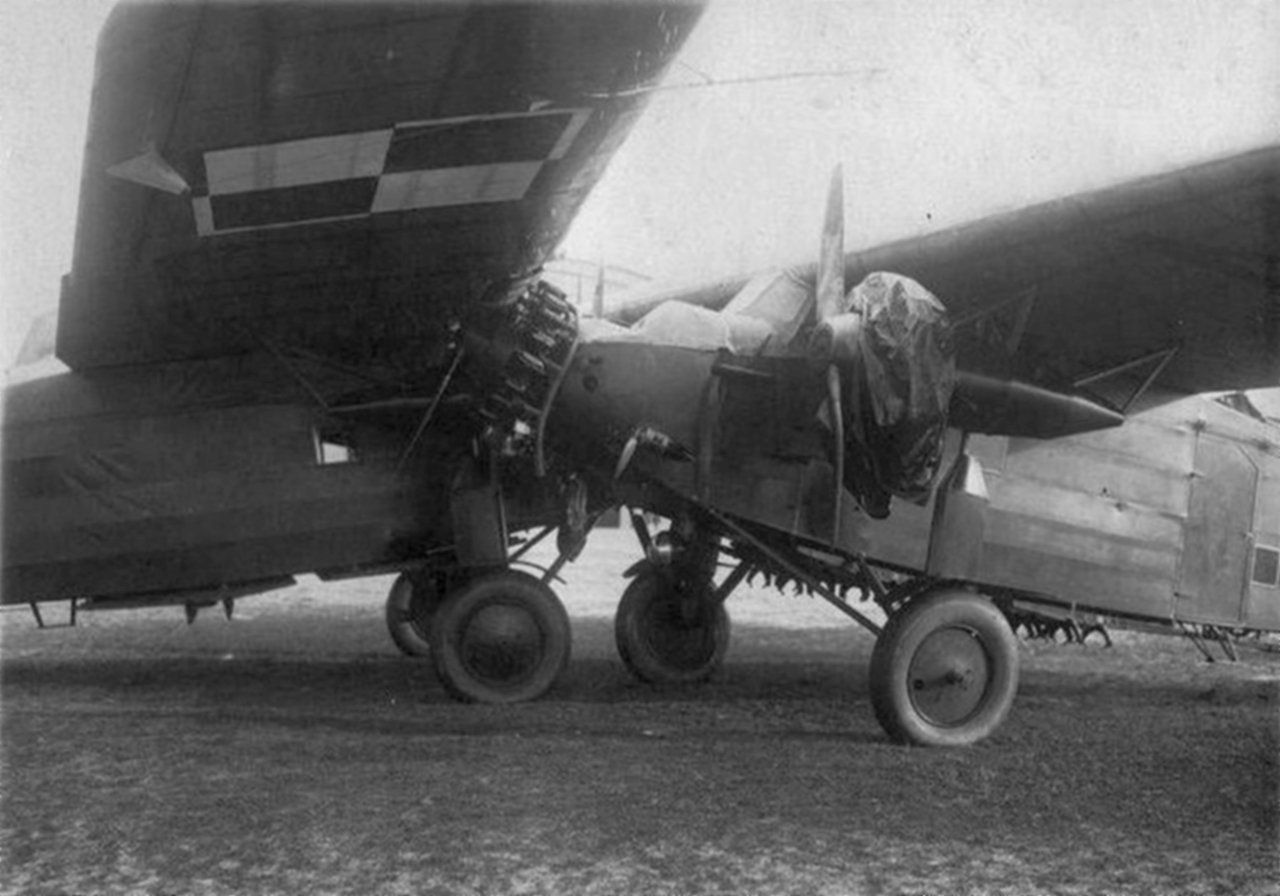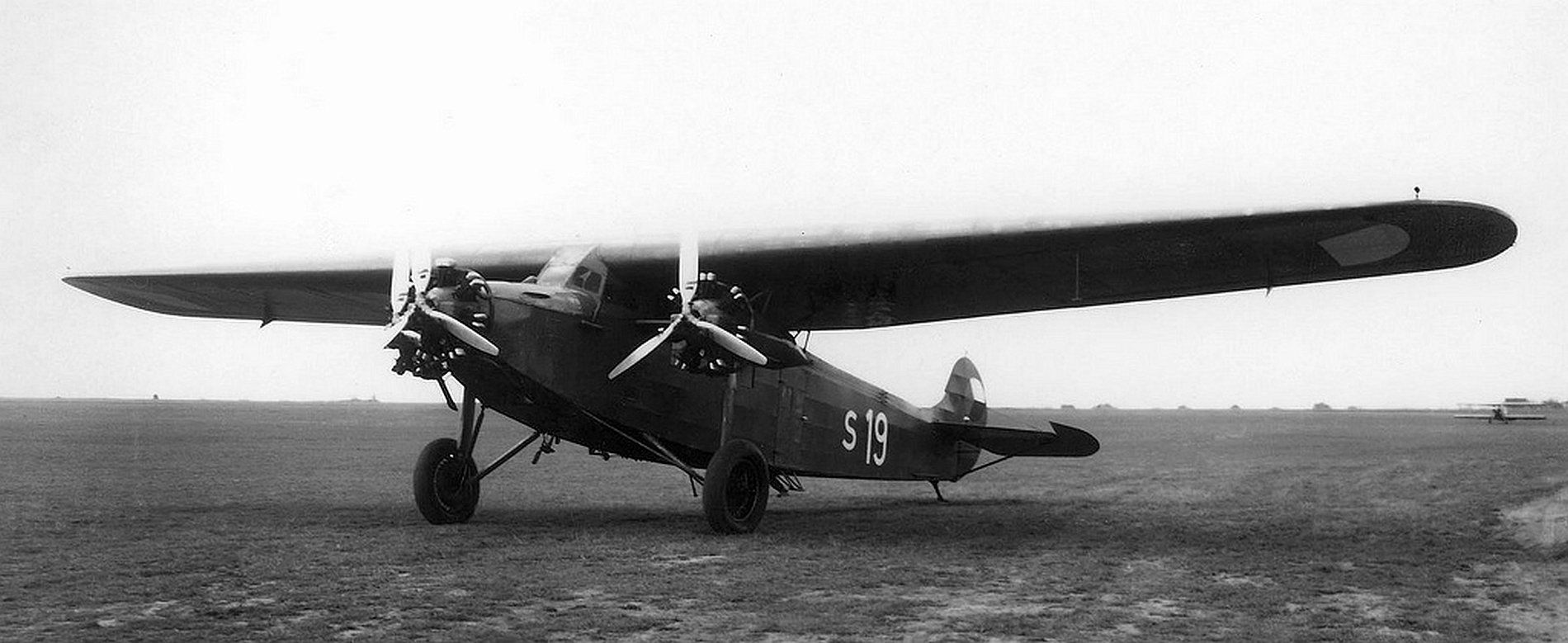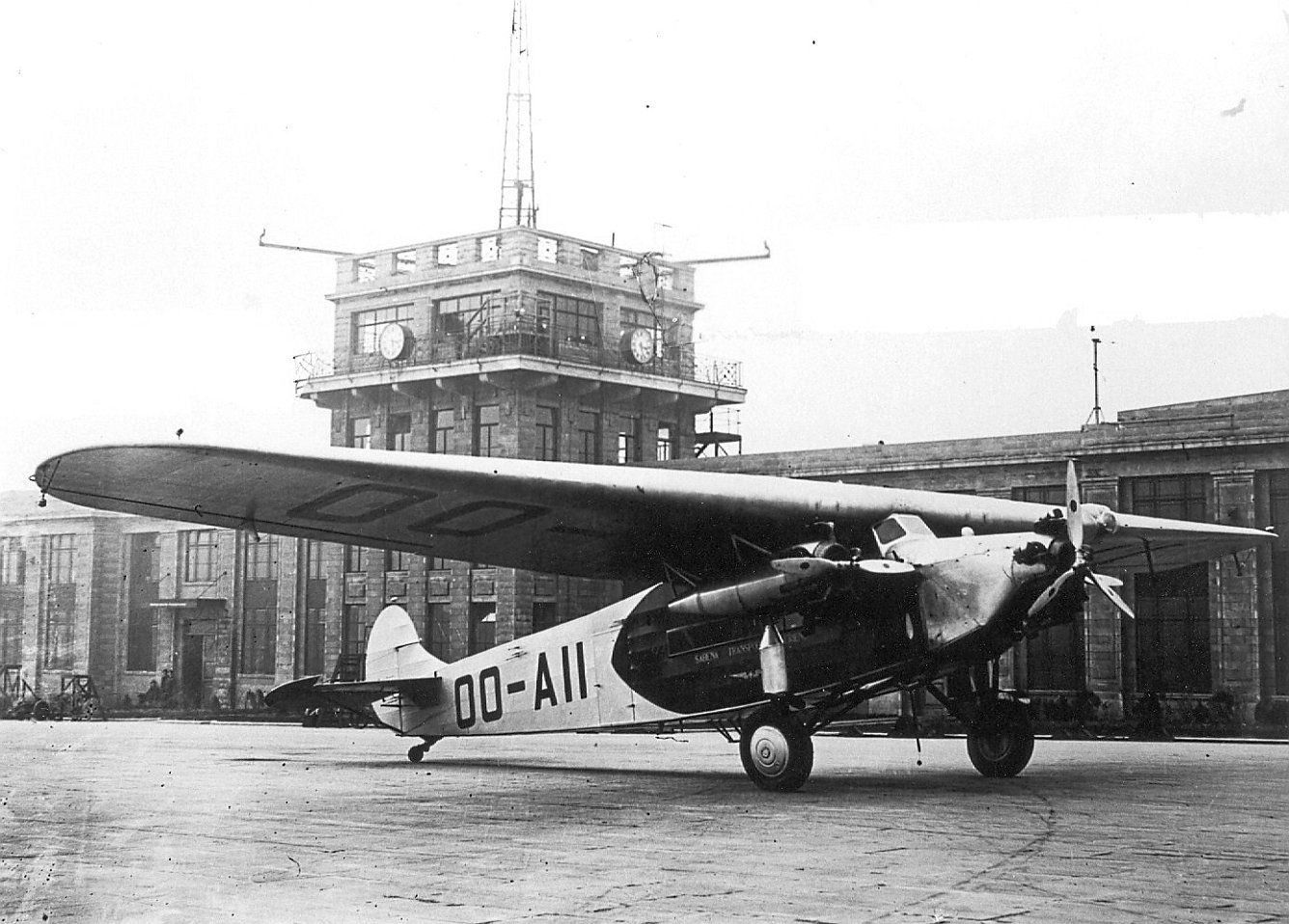Fokker F.VIIB-3m
The F.VIIB-3m is not an improved successor to the F.VIIA-3m.
Although both aircraft were designed simultaneously, the F.VIIB-3m was built at a later time.
The F.VIIB-3m standardly had heavier engines than the F.VIIA-3m: the 300 hp Wright-Whirlwinds. Armstrong-Siddeley Lynx or 360 hp Titan Major engines were also used.
The F.VIIB-3m also had a larger wing area than the F.VIIA-3m. Not only was the wingspan of the F.VIIB-3m larger, the wing was also a lot wider in the centre.
The F.VIIB-3m made its maiden flight in 1925 and carried 8 passengers.
Until 1928 both types were referred to as F.VII-3m which was very confusing. Therefore the A and B designation was introduced to define the different models..
Various expeditions, long distance and trans-Atlantic and Pacific flights have also been carried out with the F.VIIB-3m.
The most well-known flight with an F.VIIB-3m is with the “Southern Cross” in June, 1928 made by Charles Kingsford Smith and his crew from the USA to Australia.
A distance of 11,670 kilometers.
The aircraft is now kept in a special hall at Brisbane Airport, “the Kingsford Smith Memorial”.
The F.VIIB-3m has not only transported passengers, but also transported cargo, paratroopers and military and could also be used as a bomber.
The F.VIIB-3m has been built under license in seven countries and has been used by dozens of operators in (Eastern) Europe, Asia, America and Australia.
This versatile and successful aircraft could be compared with the use of the Boeing 737 series and Airbus A-320 variants at present time.
A total of 154 F.VIIB-3m's have been built.
Click on the photo to enlarge the photo

